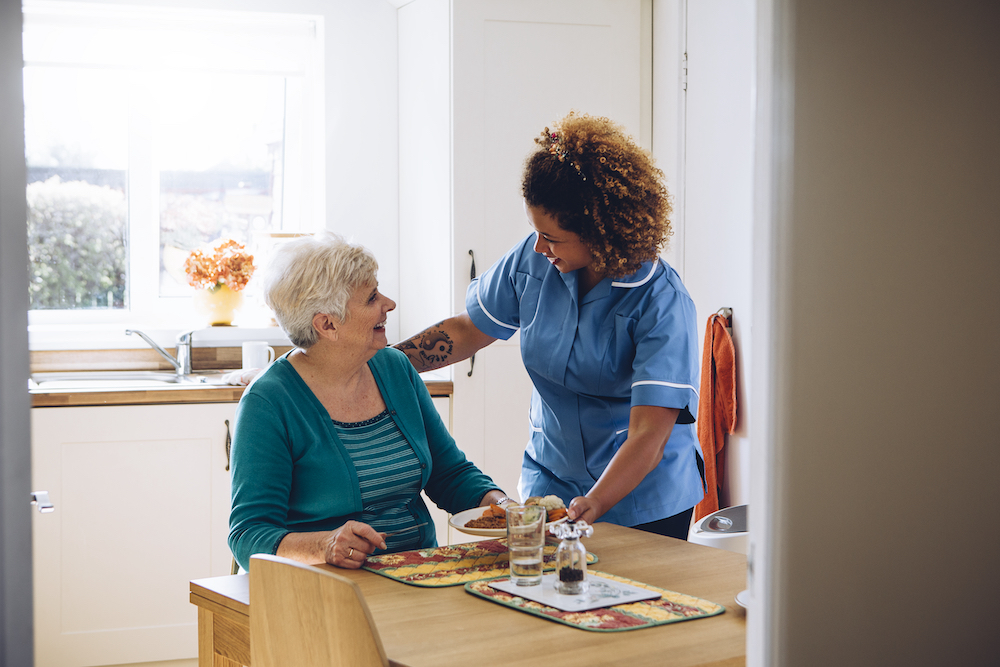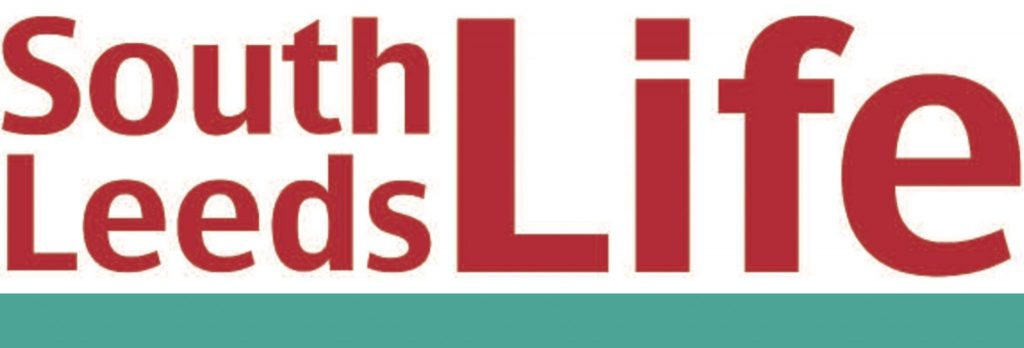
![]() We’ve all noticed our bills rising. This year, council tax was no exception and I know we’ve all started getting those council tax letters through our doors.
We’ve all noticed our bills rising. This year, council tax was no exception and I know we’ve all started getting those council tax letters through our doors.
I want to set out some of the background for that increase and the ongoing challenges the Council face.
Firstly, your council tax band is set nationally and based on the value of your house a long time ago, it is unrelated to household income and therefore low-income households are hit hardest.
Councils are tasked with the organisation of local services which includes services we all see like bin collections, libraries and parks, but also less visible stuff like social care for older and disabled people, for vulnerable children and child protection officers.
Council tax is just one way the council gets money, significant amounts of funding comes from central government, which is raised through general taxation (like income tax and VAT).
Fifteen years ago, the proportion of funding that the council received through a ‘general grant’ from central government was much higher.
However, following the 2010 General election, the Liberal Democrat and Conservative coalition Government massively cut budgets for all government departments driven by an ideological desire to reduce the size of the public sector, this has commonly become known as austerity.
The levels of cuts were deep and fast, for Leeds our annual grant from government reduced by about £180 million per year over those five years and cuts have now amounted to about £2.5 billion since ‘austerity’ started. This is even before you start allowing for inflation or increases in demand.
Unsurprisingly the current cost of living crisis, exacerbated by the effects caused by Liz Truss in her short tenure as Prime Minister, has led to huge increases in demand for services, from things like ‘warm spaces’ to increased need for domestic violence support services and children’s services.
To bring this home, for next year’s budget (2023-24), even after the council tax increase, the council needed to find around £60 million of savings to balance the budget.
Understanding the level of cuts nationally is key to understanding why service cuts are still happening here in Leeds despite council tax rises.
The stark reality for the Council’s financial position is that the Council is about £200 million behind on road maintenance, but has fantastic Children’s services that are rated Outstanding by OFSTED. This is in part a result of decisions made by Leeds City Council to prioritise Children’s Services over roads for funding.
I know that the Council doesn’t always get it right and doesn’t always spend money as well as it should or could. It is important to recognise that no organisation the size of Leeds City Council is ever going to get everything right, but it is trying to!
Just in closing, I would like to thank all the amazing local community groups and charities in South Leeds that have helped pick up the pieces since austerity started in 2010 and then upped their game during the Covid pandemic. We should be extremely proud of the strength and depth of the community across South Leeds!
This post was written by Cllr Annie Maloney (Labour, Beeston & Holbeck)
Photo: Adult social care is one of the biggest budget items (Shutterstock)
Whilst you’re here, can we ask a favour?
South Leeds Life is published by a not-for-profit social enterprise. We keep our costs as low as possible but we’ve been hit by increases in the print costs for our monthly newspaper – up 83% in the last 12 months.
Could you help support local community news by making a one off donation, or even better taking out a supporters subscription?
Donate here, or sign up for a subscription at bit.ly/SLLsubscribe


